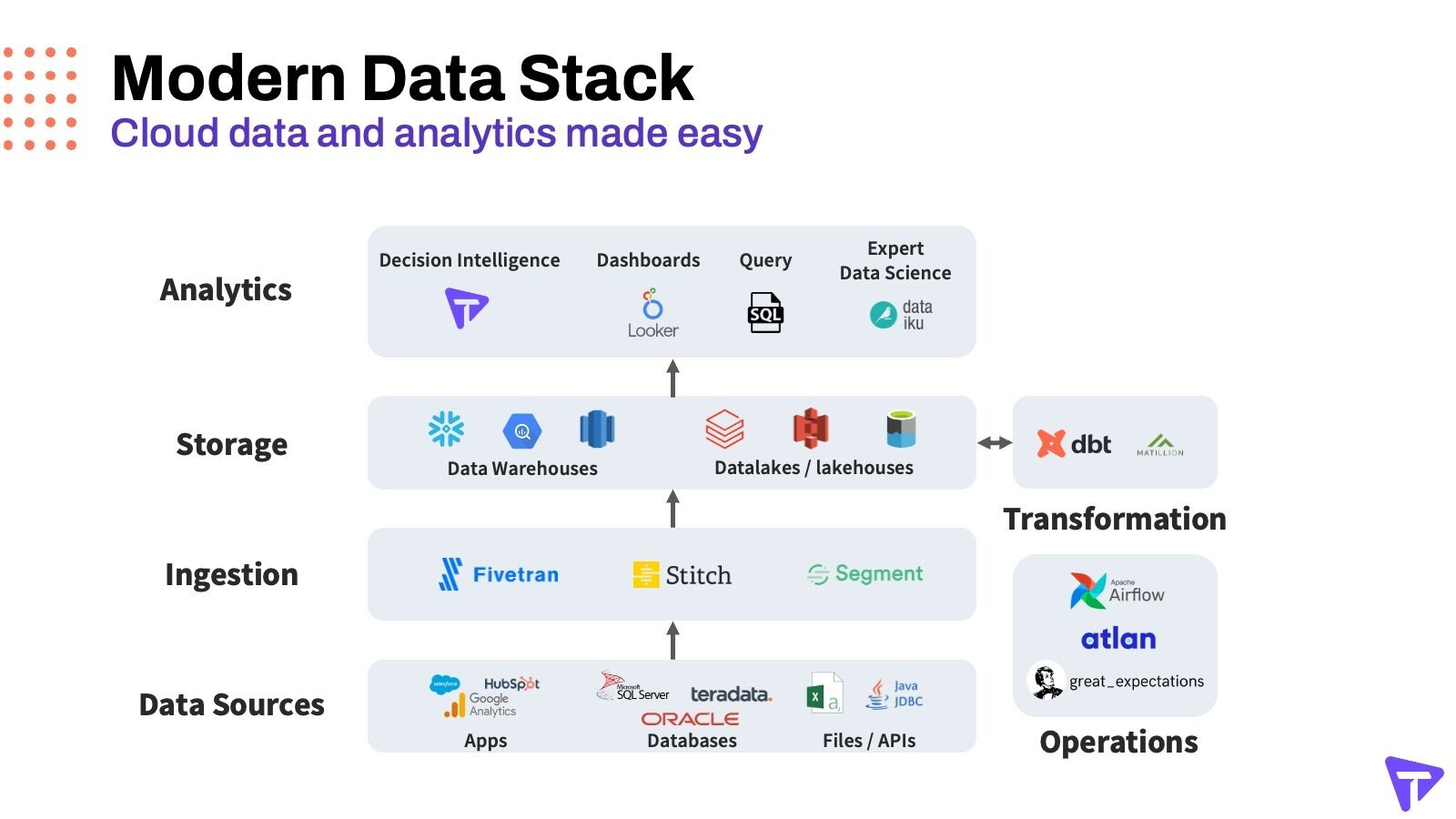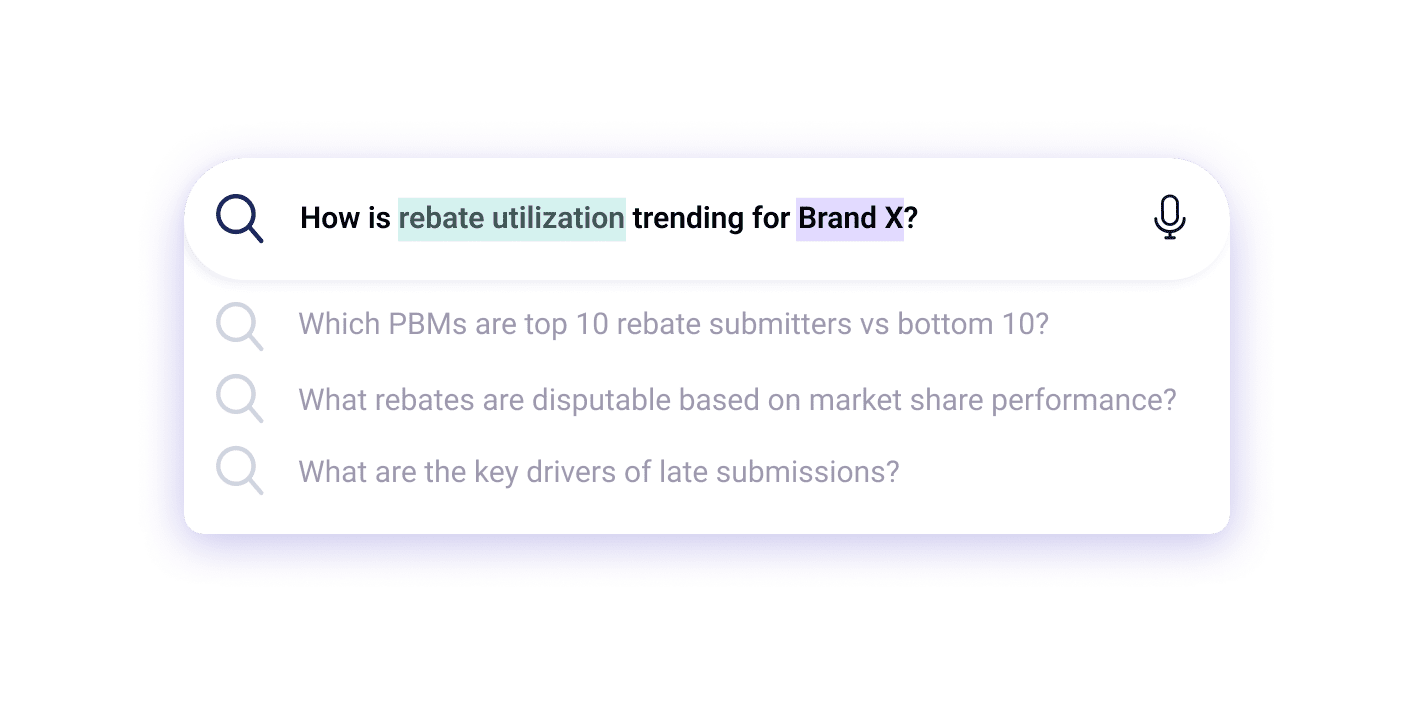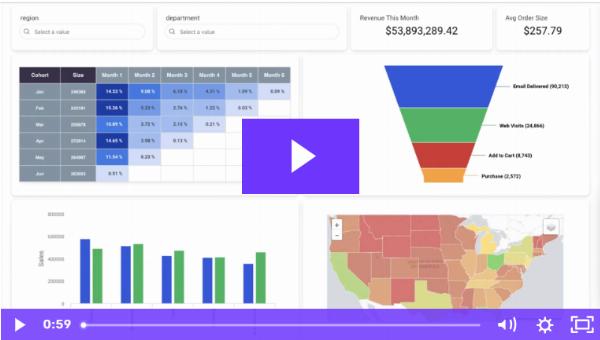How to Implement Search Based Analytics for a Scalable Data Strategy

As organizations continue to manage and analyze ever-increasing amounts of data, finding scalable solutions for data insights is crucial. One promising solution is search based analytics, a user-friendly approach that allows users to pull relevant information quickly through intuitive search queries. By leveraging search based analytics, companies can empower all team members to gain data insights independently, speeding up decision-making and enhancing agility.
1. Define Clear Goals for Search Based Analytics
Before diving into implementation, it’s essential to establish what your organization hopes to achieve with search based analytics. Defining clear objectives—such as improving user accessibility to data, supporting self-service business intelligence, or generating real-time insights—helps shape a focused implementation plan. These goals should align with your broader data strategy and support the company's growth objectives.
2. Evaluate and Select the Right Platform
Choosing the right search based analytics platform is fundamental for scalability. Look for solutions that offer:
Natural Language Processing (NLP): A platform with NLP capabilities allows users to input questions in plain language, making data querying more intuitive for non-technical users.
Scalability Features: Make sure the platform can scale with growing data volumes and adapt to future needs, especially if your data infrastructure is expected to expand significantly.
Real-Time Analytics: If your business requires timely decisions, opt for a solution that can deliver insights in real-time.
Integration Flexibility: Ensure the platform can integrate with existing data sources, tools, and other software within your ecosystem for seamless data flow.
Comparing tools on these criteria can help narrow down options to a search based analytics platform that’s right for your business.
3. Prepare and Organize Your Data
Implementing search based analytics requires well-organized, high-quality data. Begin by auditing your existing data sources and assessing their quality and compatibility with the platform. Key steps include:
Data Cleaning: Eliminate inconsistencies, duplicates, and incomplete records to improve data accuracy.
Data Structuring: Organize your data into logical structures, like data warehouses or data lakes, depending on your needs.
Indexing for Searchability: To ensure data is easily searchable, work with your team to create indexes or tags that reflect the most commonly searched terms or categories.
Well-organized data is essential for efficient search and scalability, allowing the analytics platform to retrieve relevant information swiftly as data grows.
4. Set Up User Roles and Permissions
As search based analytics opens up data access to various departments, establishing user roles and permissions is vital to maintain security and control. Define permissions based on roles, ensuring that sensitive data remains protected while still being accessible to those who need it. This step supports a self-service approach while maintaining data governance.
5. Onboard and Train Your Team
Search based analytics is most effective when users feel comfortable using the platform. Conduct training sessions to introduce employees to the tool’s features and teach them how to ask effective search queries. The goal is to empower users to extract insights independently, reducing the burden on data teams and fostering a culture of data-driven decision-making across departments.
6. Monitor Performance and Scale as Needed
Once search based analytics is live, continuous monitoring is crucial to ensure it meets performance benchmarks and user needs. Track metrics like query speed, user engagement, and insights derived from the system. As your data and user base grow, make adjustments to accommodate increased demand, such as optimizing infrastructure or adjusting data storage solutions to maintain efficiency.
7. Continuously Improve Based on Feedback
Finally, gather feedback from users and make iterative improvements. As your team gains experience with search based analytics, they may identify new needs, such as additional data sources or features. Listening to these insights allows you to refine the system continuously, ensuring it remains aligned with evolving business goals and scales effectively with growth.
Implementing search based analytics is an effective way to build a scalable data strategy that empowers users and maximizes data value. By following these steps—from selecting the right platform to organizing data and training teams—you can successfully integrate search-based analytics into your organization, setting the foundation for agile, data-driven decision-making well into the future. With this approach, your data strategy becomes not only scalable but also highly responsive to the dynamic needs of the business.
Note: IndiBlogHub features both user-submitted and editorial content. We do not verify third-party contributions. Read our Disclaimer and Privacy Policyfor details.







